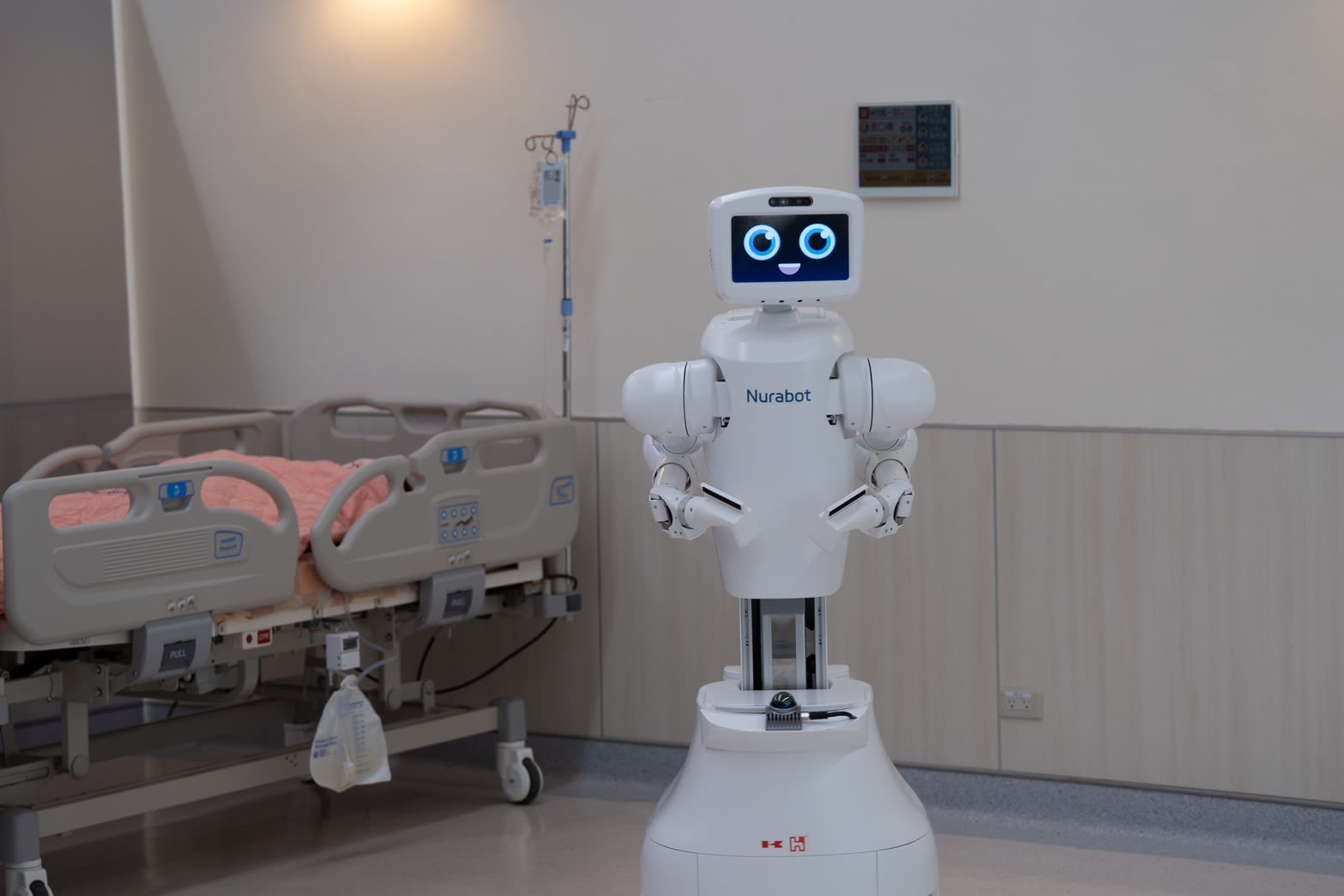AI-Powered Nurabot Revolutionizes Robotic Nursing at Taichung Veterans General Hospital

Robotic Nurse Revolution: Nurabot Starts Work at Taichung Veterans General Hospital
AI-Powered Nurabot Ushers in a New Era of Healthcare Efficiency
A milestone in healthcare robotics has arrived at Taichung Veterans General Hospital, where an innovative autonomous nurse robot known as Nurabot is being put to the test. This advanced system, developed through a collaboration between leading technology players Foxconn and Kawasaki Heavy Industries—and powered by state-of-the-art NVIDIA chips—demonstrates a practical solution to labor-intensive hospital operations. The core objective: automate repetitive tasks and significantly minimize the daily workload for nursing professionals, helping medical facilities address challenges posed by a global nurse shortage.
Nurabot is engineered to skillfully navigate bustling hospital corridors, interact with both patients and staff, and handle a spectrum of routine assignments. These include delivering medications to patient rooms, safely transporting lab specimens to diagnostic centers, conducting rounds to monitor ward conditions, and even guiding visitors through sprawling medical facilities. With the ability to understand speech and answer questions, Nurabot leverages AI to provide a seamless user experience, freeing clinical personnel to focus more on patient care rather than time-consuming logistics.
Its introduction is already making measurable impact, with preliminary trials indicating a reduction in nurses’ workload by as much as 30%. By shifting physically demanding and repetitive tasks to an autonomous system, the hospital is enhancing operational efficiency while upholding a consistently high standard of service. This not only streamlines internal workflows but also offers nurses more opportunity to engage directly with patients, building stronger trust and delivering the empathetic care essential to positive outcomes.
Technical Innovation Meets Real-World Hospital Demands
At the heart of Nurabot’s effectiveness is a sophisticated “AI brain” developed using NVIDIA’s robust hardware and simulation platforms. Its intelligence is shaped by thousands of virtual runs, each designed to prepare the robot for real-world uncertainty—whether that’s navigating crowded corridors, responding to verbal instructions, or recognizing contextual cues within a bustling hospital environment. Developers highlight that this extensive AI training enables Nurabot to perceive its surroundings, reason through complex situations, and continuously adapt its actions to varying patient needs.
The robot’s AI-driven perception capabilities are complemented by a sleek, functional design that enables it to move smoothly through narrow watds, operate elevators, and interact naturally with both staff and patients via a user-friendly display. The use of edge computing ensures decisions are made in real time, reducing latency and enabling immediate response in dynamic care settings. These technology choices not only support autonomy and reliability but also make the system scalable for deployment across multiple departments or even different medical institutions.
As part of the current pilot, the robot’s feature set includes medication transport, sample collection support, patient monitoring, and visitor guidance. Future expansions, as confirmed by its developers, are expected to bring enhancements like multilingual support, advanced facial recognition for seamless identification, and even patient-lifting assistance for improved mobility and safety within the healthcare environment.
Transforming the Healthcare Workforce with Smart Robotics
Deployment of Nurabot is more than just a technological upgrade—it signals a strategic approach to the systemic issues facing global healthcare systems, specifically the looming shortfall in nursing professionals. Projections from health authorities warn of millions fewer available nurses by the next decade, at a time when aging populations worldwide are increasing the demand for bed-side caregivers, chronic disease management, and frequent medical supervision.
Integrating collaborative robots into hospitals is poised to become a standard practice, supplementing human expertise rather than replacing it. By delegating routine procedures to machines like Nurabot, healthcare providers can optimize staffing, extend the reach of existing personnel, and maintain high standards of patient safety—even under resource constraints. This proactive use of robotics exemplifies how digital transformation and artificial intelligence are becoming vital allies in sustaining and enhancing healthcare delivery.
With a slated commercial release within the next two years, Nurabot’s trajectory suggests that hospitals everywhere might soon benefit from smart, tireless support on their wards. As the medical landscape evolves to balance demographic changes and workforce shortages, the rapid adoption of such autonomous nursing technology will likely play a central role in sustainability, care quality, and overall patient experience. The arrival of Nurabot is a clear indicator of the shifting paradigm in modern healthcare, where intelligent machines and compassionate care move forward—side by side.
